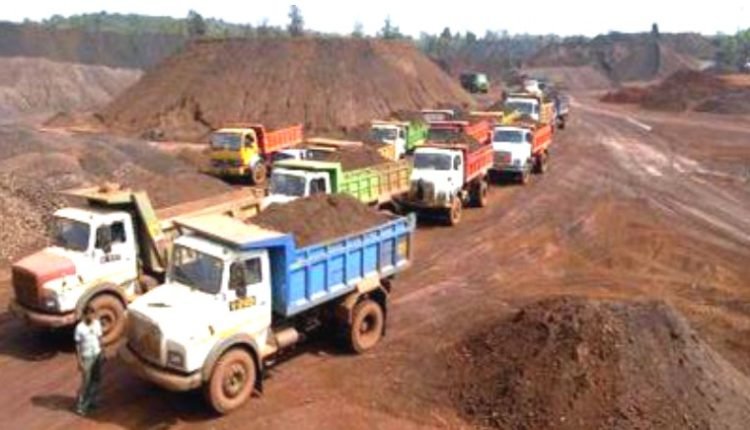Loknath Deo, a 31-year-old from Gobardhan village under Sadar block of Keonjhar, started his journey as a transporter with high hopes. He bought two 14-wheeled Hyva trucks through a loan from a financial agency, investing in what he thought was a profitable business.
But reality turned harsh. With the growing shift of mineral transportation from trucks to goods trains and slurry pipelines, Loknath was unable to get enough work to pay even the monthly installment of ₹2.40 lakh.
As his debt burden mounted, the financial agency seized both of his trucks. On June 10, he left home on his bike and tragically ended his life by jumping in front of a running goods train. His body was recovered the next morning, while his bike and mobile phones were found near Kathagada railway tracks.
Loknath’s case is not isolated. Several truck owners have met the same fate, while many others face bankruptcy and struggle to feed their families.
Wider Impact on Keonjhar’s Transport Economy
The crisis has gone beyond truck owners. Thousands of people employed in Keonjhar’s mining belt—drivers, helpers, mechanics, labourers, and spare part shopkeepers—have also lost their livelihoods due to slurry pipeline operations.
With more than 30,000 trucks in Keonjhar, the industry directly and indirectly supported around two lakh families. Now, this ecosystem is on the verge of collapse.
Truck Owners vs. Slurry Pipeline Projects
Truck owner associations have long opposed the use of slurry pipelines. But according to union leaders, the state government has remained silent under pressure from big mining companies and industrialists.
Odisha Chief Minister Mohan Charan Majhi, himself a legislator from mineral-rich Keonjhar, is well aware of the problem but has yet to announce any relief measures.
Mining companies argue that slurry pipelines reduce pollution and transportation costs. But the ground reality paints a grim picture of livelihood loss and environmental damage.
Companies and Their Pipeline Projects
-
Brahmani River Pallet Limited (Joda): Transports iron ore to Kalinga Nagar using 4.70 cusecs of water from the Brahmani river.
-
ArcelorMittal Nippon India Limited: Has laid a 253 km slurry pipeline from Dubuna (Keonjhar) to Paradip port, drawing 11.77 cusecs of water from the Baitarani river.
-
Jindal Steel Works (JSW): Constructing a 302 km pipeline from Joda to Paradip, with government approval to draw 39 cusecs of water.
According to Sushanta Barik, Secretary of Joda Truck Owners’ Association, more such projects have been approved, worsening the economic distress of truck operators.
Environmental Concerns and Water Scarcity
Locals argue that mineral wealth has become a curse for Keonjhar. Decades of mining have already degraded forests, land, and water bodies. Now slurry pipelines are adding a new set of problems:
-
Forests along national highways have been cleared for pipeline laying.
-
Huge amounts of water are being extracted from rivers like the Baitarani and Brahmani, violating guidelines.
-
Keonjhar town and nearby villages face acute water scarcity as groundwater levels have dropped to 200 feet, with many bore wells failing even at 1,000 feet depth.
-
Future projects could worsen the crisis, drying up rivers, streams, and even tourist spots like the Khandadhar waterfall near Gandhamardan hill.
Accountability Questions
While slurry pipelines were cleared on the condition of being “environmentally friendly,” no answers are given about forest destruction, falling water tables, and climate impacts.
Further, a CAG report exposed how companies like JSW manipulated iron ore grades to maximize profits. This raises sharp questions:
-
How are such companies allowed to expand operations and lay slurry pipelines?
-
Who monitors the actual volume of water extracted by these industries?
Conclusion
Keonjhar’s mining belt is standing at a dangerous crossroads. The slurry pipeline boom may benefit large industrial houses, but it has already pushed thousands of transport workers into joblessness and caused severe environmental stress.
For families like that of Loknath Deo, the cost has been irreparable—the loss of life itself. Unless the government takes urgent steps to regulate slurry pipelines, safeguard water resources, and provide alternative livelihoods, the mineral wealth of Odisha may continue to spell misery for its own people.



Comments are closed.